
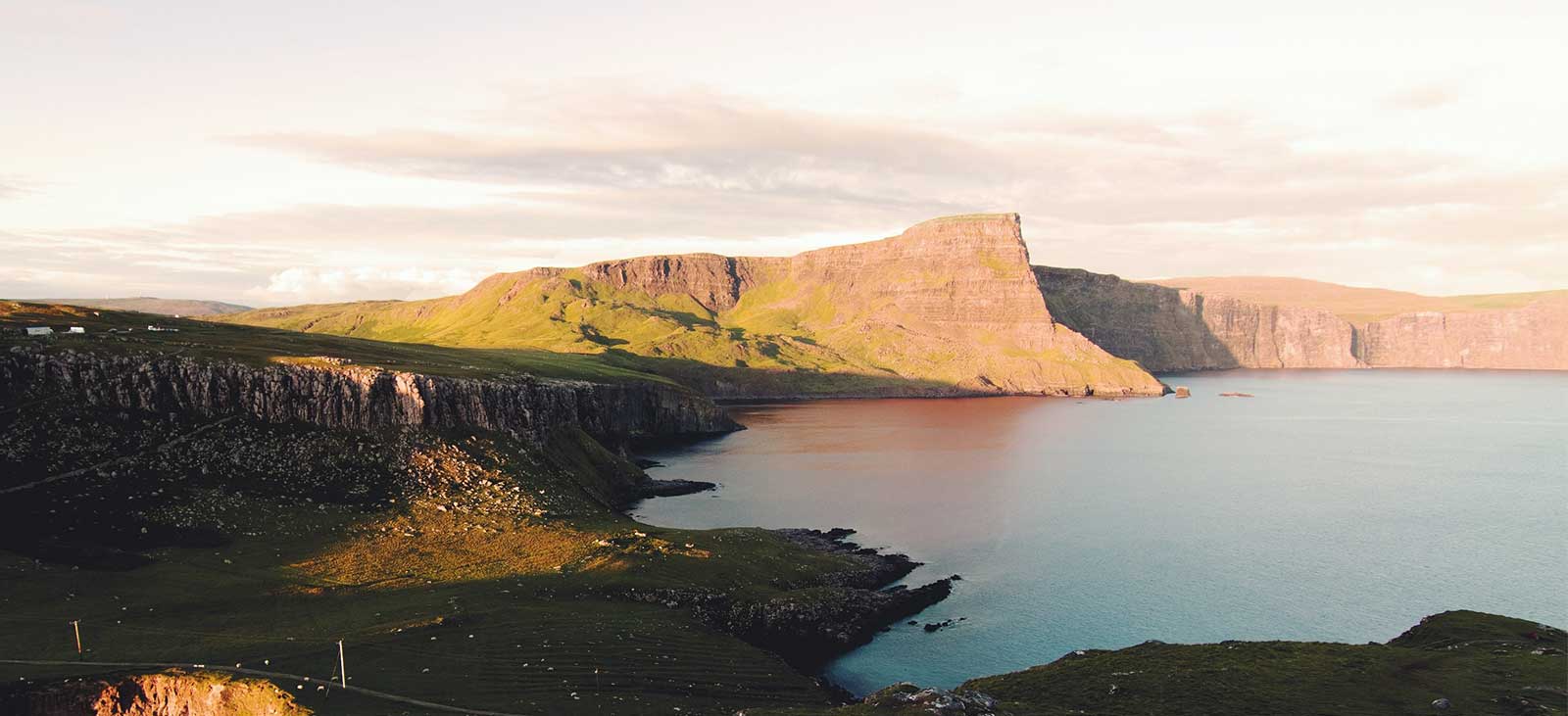
The Three Rs: Reliable, Resilient and Renewable
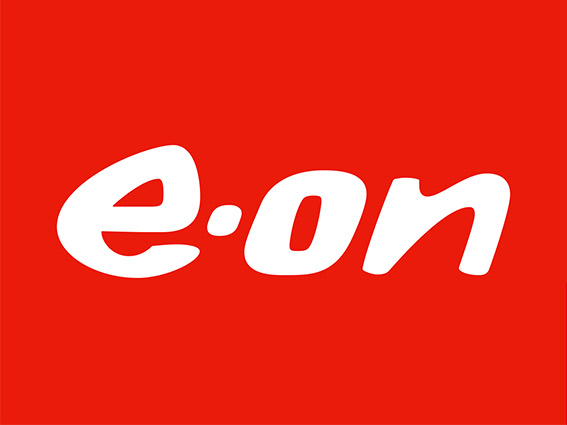
A new project on the Isle of Skye is investigating ways of protecting electricity supplies to remote or isolated communities, without just building more pylons and power lines. The Resilience as a Service technology is a smarter system that could also make greater use of renewable power sources.
When it comes to a reliable and resilient supply of energy, remote areas of the country can sometimes find themselves at the mercy of extreme weather events or mechanical and electrical failures.
We’ve all seen the news pictures of isolated villages cut off from power supplies in sudden storm or flash flooding. Preventing this involves building more energy infrastructure –pylons and cables, which can be visually damanging to parts of our countryside, or burying overhead cables underground which comes at significant cost.
Smarter technology means we have other ways to improve the resilience of the energy network for customers in rural areas – it also means we can potentially make greater use of renewable energy generation.
We are working with SSEN and Costain on a trial project called Resilience as a Service (RaaS) which will use the latest battery technology to support the network and maintain power supplies to customers in an emergency. It’s called working in ‘islanded mode’ which means an area is disconnected from the main electricity grid but still operates independently.
Under this new project, customers in areas at risk of power outages, can rely on the battery technology, keeping people connected with power for an extra three or four hours while network engineers work to correct the fault. True, we were measuring this winter’s storm outages in days and even weeks in some cases, but had the network remained live, engineers could have been able to pinpoint faults quicker, meaning service would have been restored much sooner.
The clever part is rather than a fit-and-forget approach to this technology, we can make the best commercial use of the battery throughout the year, minimising the cost of delivering the RaaS service while making sure it’s available right when needed.
As one of Europe’s leading smart energy solutions providers, E.ON has extensive expertise in network engineering, batteries and demand side response. We are responsible for the technical solutions behind this project – not only the solution specification and the batteries themselves but also how all the different elements connect to energy market opportunities while at the same time remaining capable of delivering the support needed at a moment’s notice. We’re also making sure this project has a viable financial base, so this type of solution is effective and sustainable here and in other situations.
We have significant experience in exactly these kinds of projects. Our energy project in the village of Simris, Sweden (see below) was the first project of its type and makes best use of locally generated renewable power, allowing the villagers to generate and store their own green power, creating a community of self-sufficient and engaged energy users.
Projects like this can also help in future with making better use of local renewable energy generation. RaaS also allows local renewables to continue generating and exporting power when the grid is disrupted. That makes the most of the zero-carbon electricity which would otherwise be lost if they couldn't export the energy.

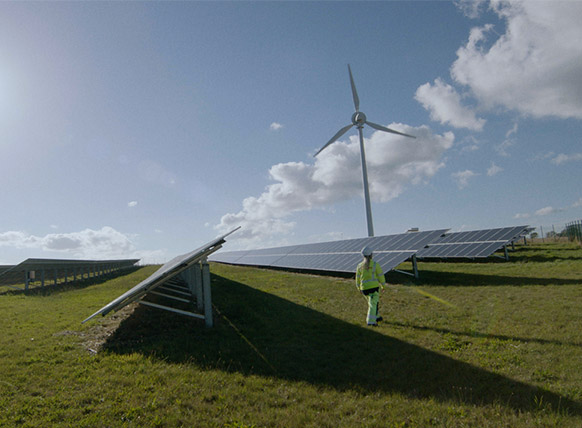
Success story - Simris
The Swedish village of Simris was the first to demonstrate the energy system of the future.
A project led by E.ON’s Innovation team developed a system that brings up to 100% renewable, locally generated power to the village by combining solar panels, wind turbines, battery storage, smart energy management and a fully committed community.
The project enabled the villagers to generate and store their own green power, creating a community of self-sufficient and engaged energy users.
Simris is located in one of the windiest and sunniest regions of the country. It is also home to a community of villagers excited about sustainable power.
To bring renewable, local, community-centric power to Simris, our team created a highly advanced, innovative energy system using batteries to store locally produced power for when there was a surplus and to supply villagers with this green power whenever it is needed and when the energy wasn’t being generated (for instance when the wind didn’t blow or when the sun wasn’t shining).
The villagers understood how important the use of renewable power is for a sustainable energy transition and the insights we gained in Simris are now the basis for many innovation projects in Europe.
Along with our partners we’ve done all the necessary design and planning and are about to move on to the trial phase, with plans to install a pilot scheme at Drynoch primary substation on Skye for around two years. Skye is ideal to trial the service because of its general accessibility and land we can use near to the SSEN substation which will make it easier to monitor the service, to collect results and successfully prover the concept.
This project is designed to test the technology and approach, and our aim is to concurrently assess the next location where this approach could add similar benefits in preparation for business as usual
To learn more about the RaaS project, click here.

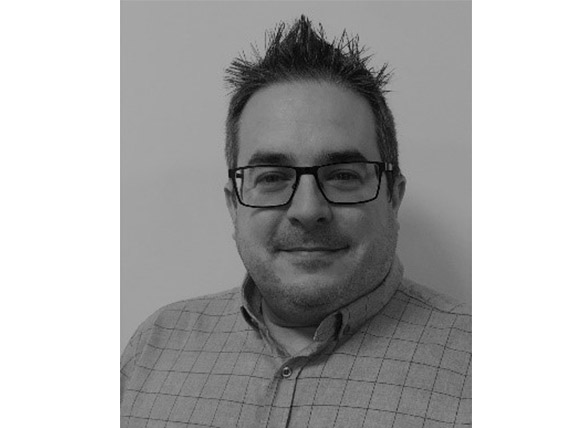
Written by Dan Jerwood
Dan Jerwood is E.ON’s project lead on the Resilience as a Service scheme on the Isle of Skye, using smarter technologies to provide a more reliable power supply to remote areas at a reduced cost. Dan has over 23 years’ experience in the UK energy industry, mostly in the field of demand side response (DSR) and intelligent energy use which helps businesses and consumers to benefit from turning up, turning down or shifting their power demand in real time.
Share to:
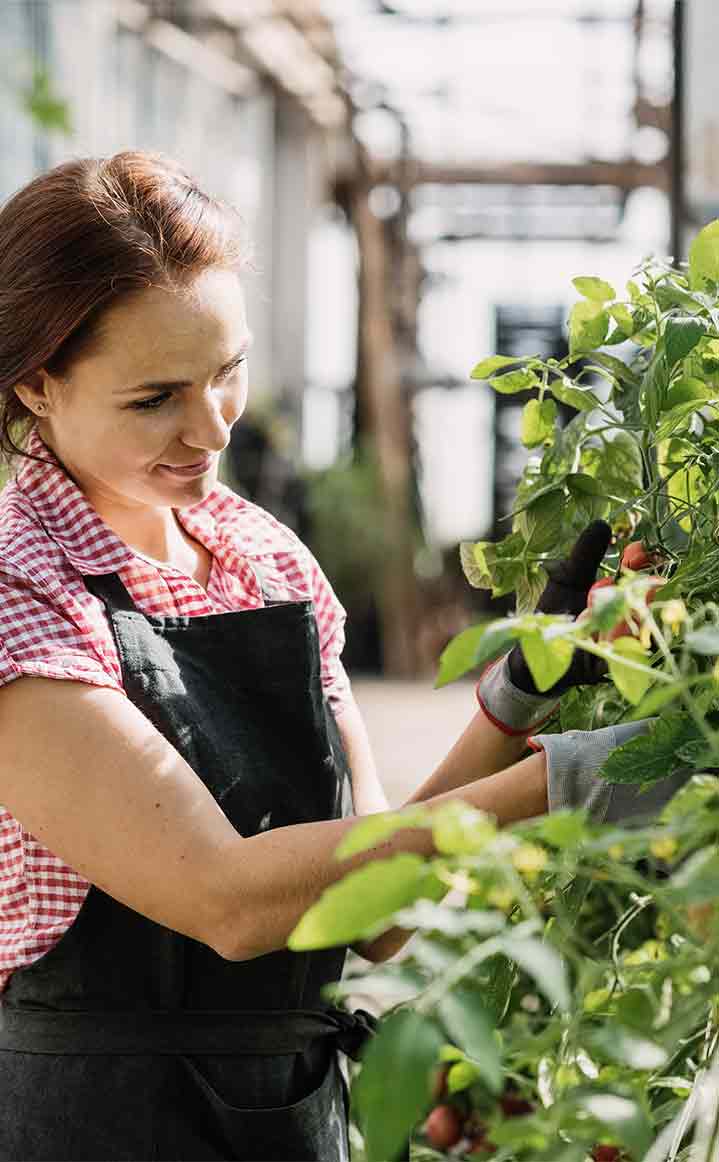
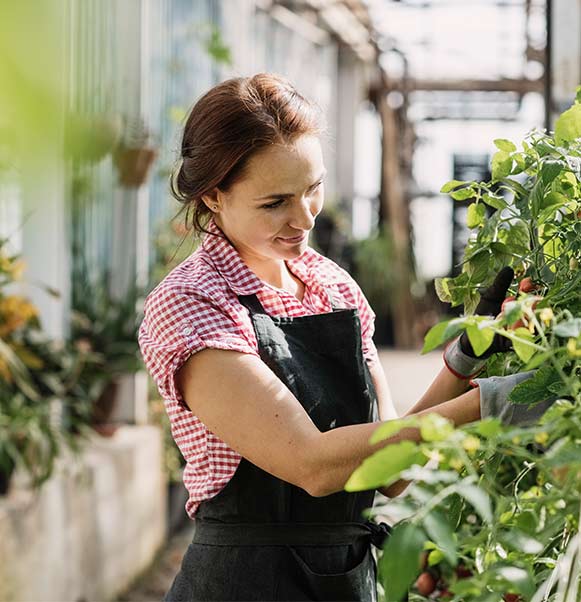
Sustainable businesses
Find out how to turn your business into an industry leader for sustainability.


Your business
There’s no such thing as an ‘average’ business, so we take a look at how companies like yours (and your rivals) are changing the way they think about energy to earn a competitive advantage.
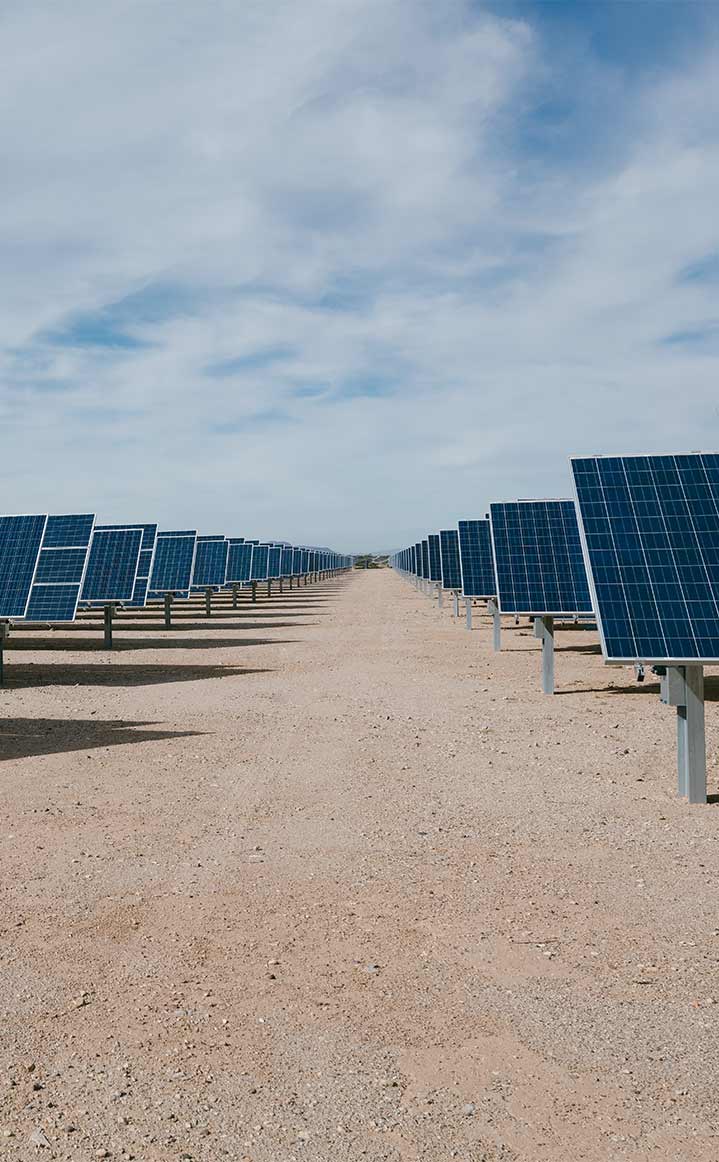
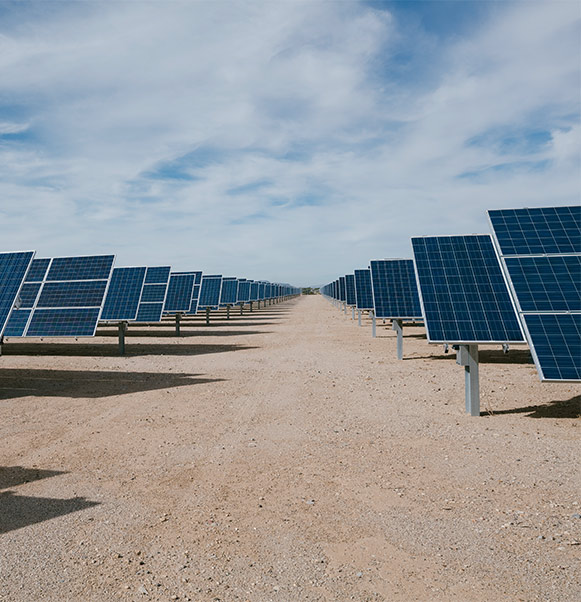
Tomorrow is .on
This is the new energy world – smart, personalised and sustainable – and a look at the global trends and cultural shifts driving the shift towards sustainability across the planet.


More insights from E.ON
Visit our blog for more insights, opinions and sustainability tips.